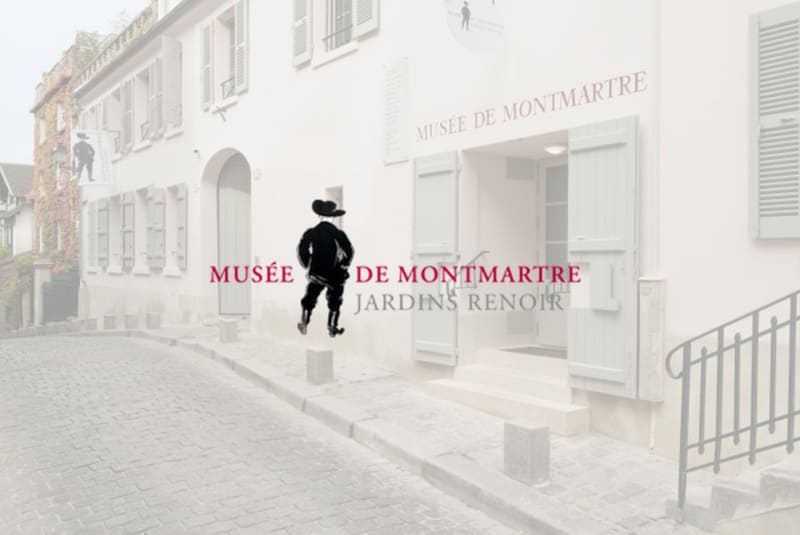Dorignac began his career with a work of impressionist and pointillist inspiration. Millet, Signac and Seurat are among his masters. He settled in 1901 in Montmartre and around 1910 he moved to the city of artists of La Ruche where he was very close to Modigliani and Soutine. Participating in the cosmopolitan effervescence of the School of Paris without belonging to it, he took a singular and independent path, drawing his inspiration from Romanesque, Oriental or medieval art.
Bringing together nearly 80 works, half of which have never before been presented to the general public, the exhibition will reveal the variety of the artist's styles and techniques and his dazzling mastery of the stroke, which make Dorignac's work a singular whole with a rare aesthetic. In particular, the exhibition will highlight the striking black leaves that made his reputation. Of remarkable expressive power, this series of drawings with contrasting patterns was enthusiastically received by artists, critics and collectors of the time. "Dorignac sculpts his drawings" declared Rodin.
After a first monographic presentation that Roubaix and Bordeaux will devote to the artist in 2016-2017, the Musée de Montmartre is pursuing this desire to restore Dorignac's rightful place in the history of modern art.
As part of the "Georges Dorignac, Corps et âmes" exhibition, Helene Bailly Gallery will lend Edgar Degas's "Danseuse de dos" to the Musée de Montmartre in Paris.

